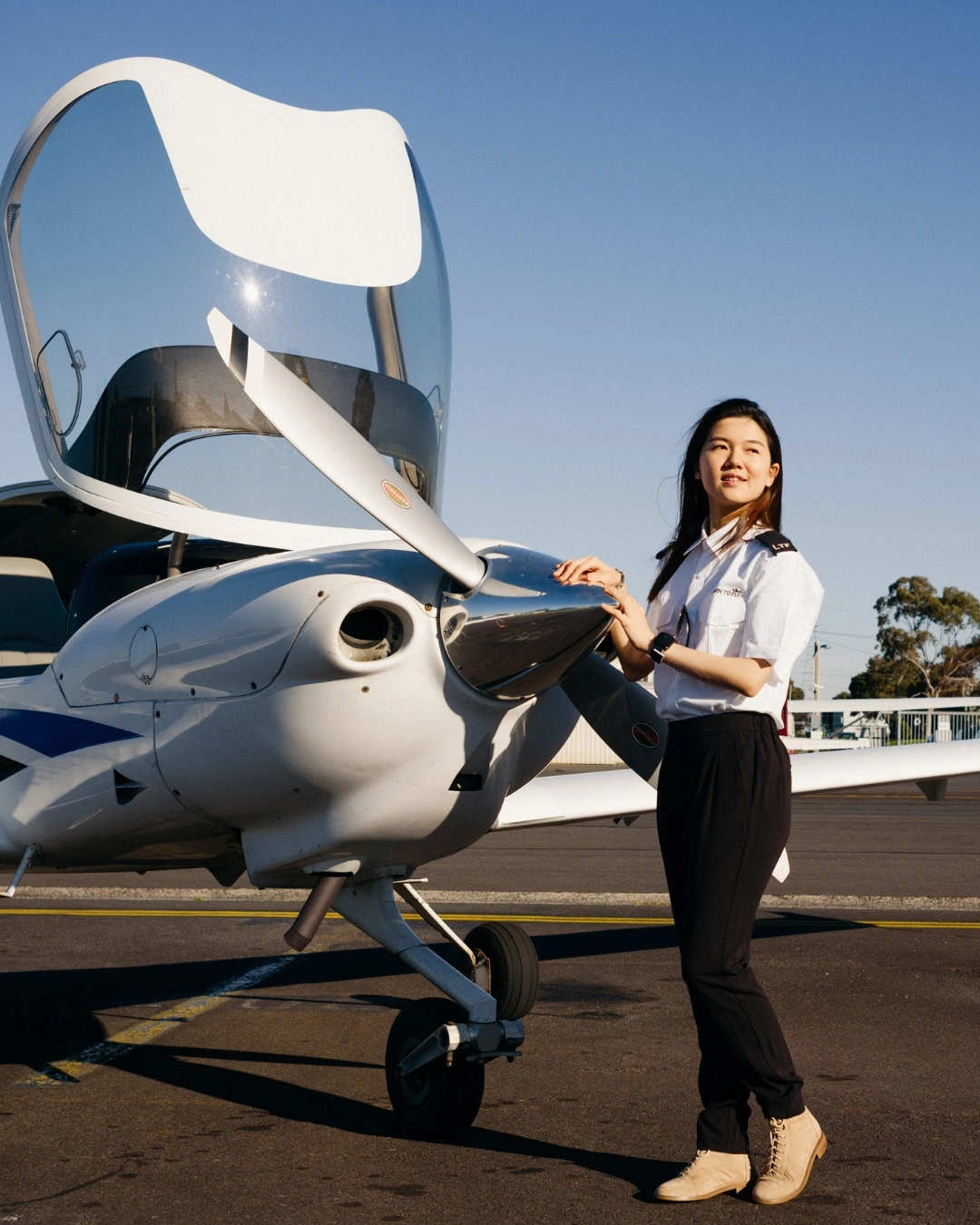The Role of Robotics in Aircraft Manufacturing

The role of robotics in aircraft manufacturing has grown significantly in recent decades, reshaping how the aviation industry produces its fleet of aircraft.
Robotics are now indispensable in a variety of stages in aircraft production, from precision assembly and painting to the integration of complex electrical systems. The integration of these automated systems enhances efficiency, reduces human error, and ensures the highest levels of safety and quality in aircraft production.
As the aerospace industry continues to evolve, automation through robotics is transforming manufacturing practices in ways that were once thought impossible.
Applications of Robotics in Aircraft Manufacturing
Robots are being utilised in multiple areas of aircraft manufacturing, each tailored to specific tasks that are difficult, time-consuming, or unsafe for humans to perform. Some of the most common applications include:
1. Precision Assembly and Component Handling
One of the most critical stages in aircraft manufacturing is the assembly of components. Aircraft are complex machines made up of thousands of parts, each of which must fit together perfectly. The precision required in aircraft assembly has led to the use of industrial robots that can handle parts with extraordinary accuracy.
Robots are used to assemble fuselages, wings, and other large structural components. These robots can carry out high-precision tasks such as drilling, riveting, and bolting. For example, the integration of rivets in fuselage sections is a critical task where robotic systems outperform human workers in both speed and accuracy. By automating repetitive tasks, robotics also reduce the potential for fatigue and human error, ensuring better overall consistency.
2. Welding and Bonding
Welding is a vital process in aircraft manufacturing, particularly in joining metal components. Robots have been particularly useful in this field, where the consistency and precision required to weld metal parts, such as aluminium or titanium, are paramount. Robotic welding arms are capable of performing repetitive welding tasks with laser-like precision, reducing the time spent on each weld and improving the overall structural integrity of the aircraft.
Similarly, robotics is used in adhesive bonding processes, where robots apply precise amounts of bonding agents to composite materials. This ensures that the bonding process is uniform, which is especially important in modern aircraft that utilise composite materials for both strength and weight reduction.
3. Painting and Coating
The application of paint and coatings to aircraft is another area where robotics has made a significant impact. Applying paint to the exterior of an aircraft is a highly specialised process that requires a consistent, smooth finish. Industrial robots are designed to handle the task of spraying paint on large aircraft surfaces with minimal human intervention. These robots ensure that the paint is evenly distributed, preventing drips and ensuring that the coating is applied to meet the rigorous standards required for safety and aesthetics.
Robotics has also enhanced the application of corrosion-resistant coatings, an essential aspect of aircraft maintenance. By automating the coating process, robots help ensure that the aircraft remains in top condition for longer periods, reducing the need for repairs or replacements.
4. Inspection and Testing
The inspection of aircraft components and finished aircraft is another area where robotics is crucial. Robotics, coupled with advanced sensing technologies such as laser scanners and ultrasonic sensors, enables precise inspections of aircraft parts. Robots are used to check the integrity of welds, assess surface conditions, and measure critical components to ensure compliance with aviation regulations.
Robotic inspection systems can operate continuously, providing real-time data about the quality of the assembly. This allows for faster detection of defects, which reduces the likelihood of faulty components making it to the next stages of production. The use of robotics in inspection can also improve safety, as it allows human workers to focus on tasks that require more judgment or handling of sensitive equipment, rather than performing repetitive, low-level inspection tasks.
Benefits of Robotics in Aircraft Manufacturing
The integration of robotics in aircraft manufacturing brings several key advantages, both for manufacturers and for the wider aviation industry. Some of the most prominent benefits include:
1. Increased Efficiency
Robots can work faster and longer than human workers, especially when it comes to repetitive tasks such as drilling, riveting, and applying coatings. This efficiency leads to faster production times, allowing manufacturers to meet demand more effectively. Robots can work around the clock, increasing overall production capacity without compromising on quality.
2. Enhanced Precision and Quality
Aircraft are complex machines, and the slightest error in manufacturing can have significant consequences. Robotics ensures that tasks are performed with a high degree of precision, eliminating the variability introduced by human error. This results in better consistency across all aircraft produced, helping manufacturers meet strict aviation safety standards.
3. Reduced Costs
By automating repetitive and labour-intensive tasks, aircraft manufacturers can reduce labour costs and minimise the risk of human error that can lead to costly rework. Robots also reduce waste by ensuring that parts are made with greater accuracy and fewer errors, leading to cost savings over the long term.
4. Improved Worker Safety
Aircraft manufacturing involves heavy lifting, dangerous equipment, and exposure to chemicals. By using robots for dangerous tasks such as welding or lifting heavy parts, manufacturers can improve worker safety. Robots take on the most hasardous jobs, reducing the risk of accidents and injuries on the production floor.
Challenges and Considerations
While robotics has revolutionised the aircraft manufacturing process, there are several challenges to consider. Some of these challenges include:
1. High Initial Investment
The upfront costs of implementing robotic systems in aircraft manufacturing can be substantial. Robotics systems require significant investment in both hardware and software, as well as maintenance costs. For smaller manufacturers, the cost of integrating robots into their production lines may not be feasible without significant financial backing.
2. Integration with Existing Processes
Many aircraft manufacturing companies operate using legacy systems that were not designed with robotics in mind. Integrating robotics into these existing processes can require extensive reconfiguration of workflows and the installation of new software systems. The transition to a fully automated production line can be time-consuming and require careful planning.
3. Workforce Training and Adaptation
As robotics takes on a larger role in aircraft manufacturing, the workforce needs to be trained to manage and work alongside these automated systems. Technicians must be trained in robot programming, maintenance, and troubleshooting. Additionally, those entering the industry with qualifications like a diploma of aviation in Australia or flight training in Singapore might need to gain knowledge of robotics and automation technologies to stay competitive in the evolving industry.
The integration of robotics into aircraft manufacturing has brought about profound changes in the way aircraft are produced. Through enhanced precision, increased efficiency, and improved safety, robotics plays an essential role in modern aviation manufacturing. As technology continues to advance, the role of robots in the aerospace industry will only continue to grow, offering new opportunities and efficiencies in the production of the aircraft of tomorrow.



